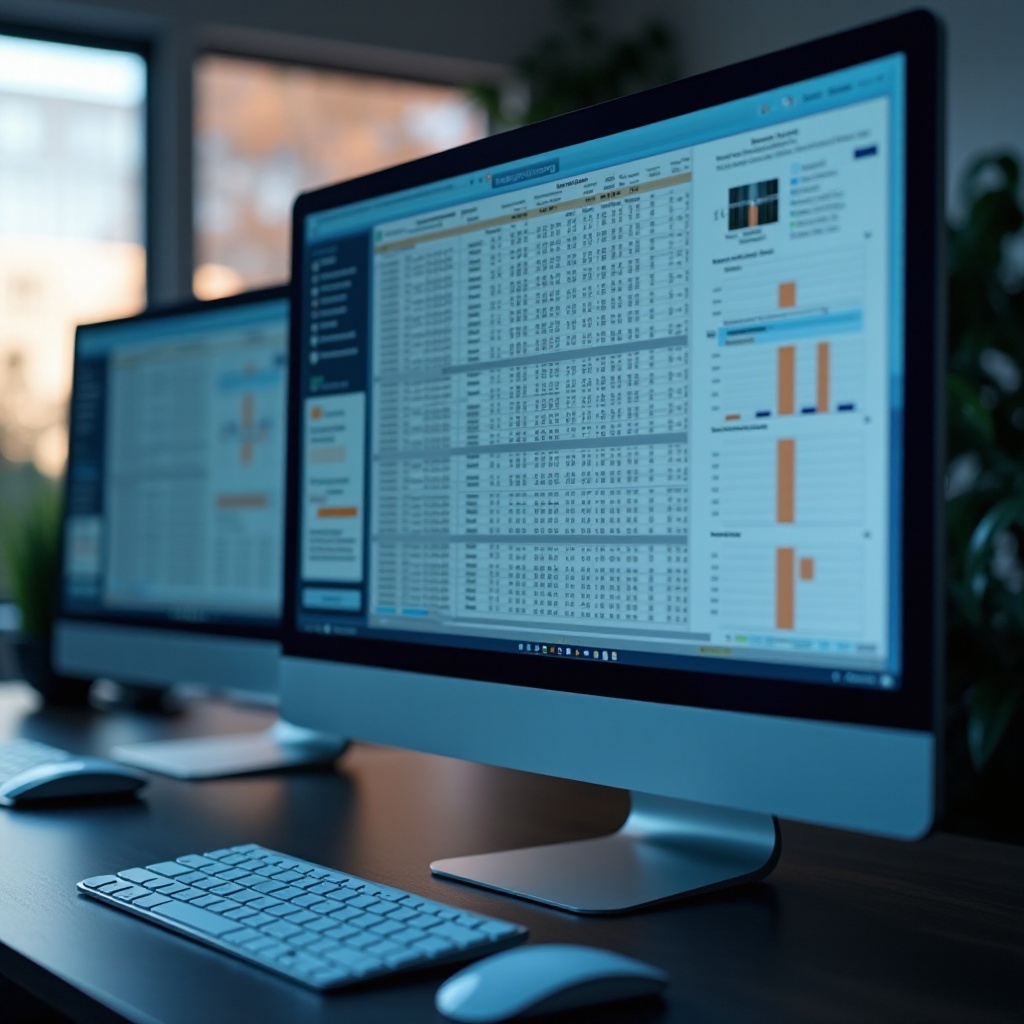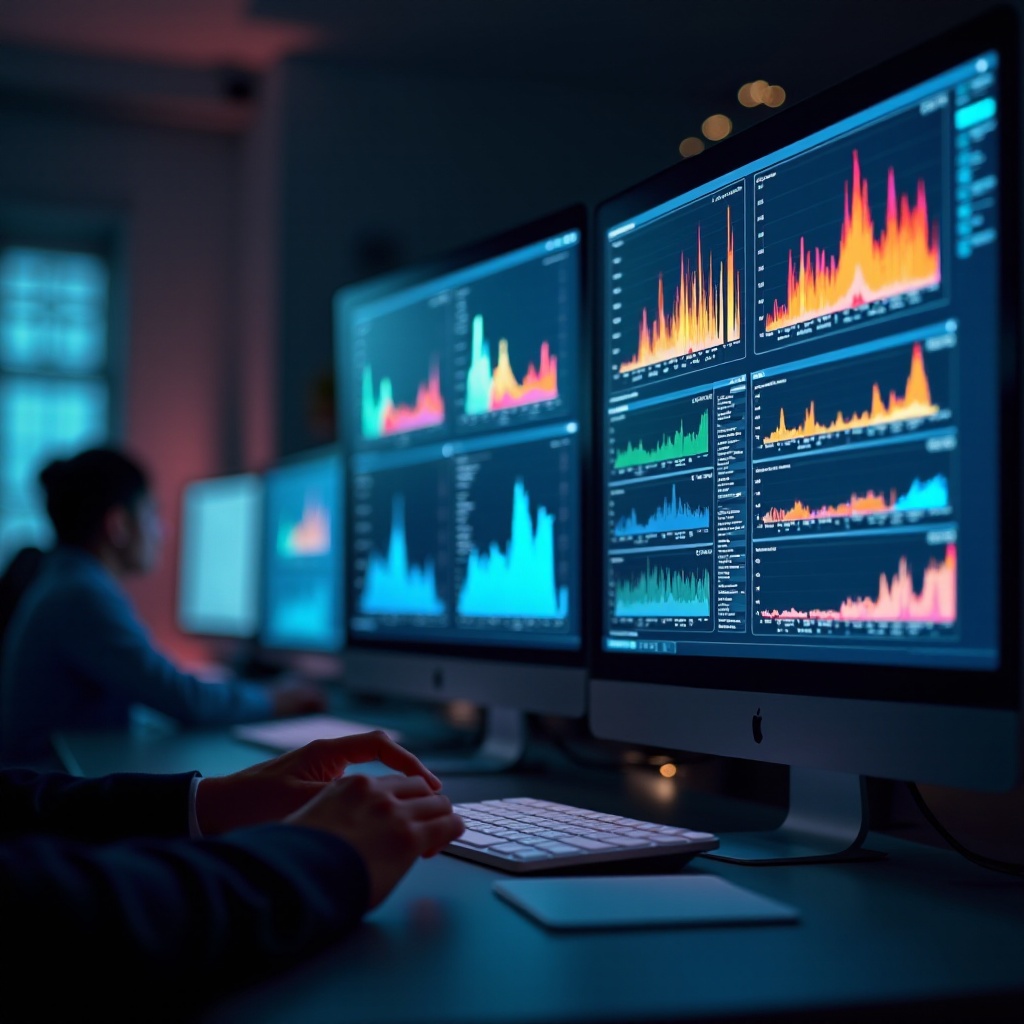Introduction
Monitoring computer activity is crucial for both individual users and organizations. Whether it’s to safeguard family members online, enhance workplace productivity, or protect sensitive data, understanding how to monitor computer activity is essential. In this guide, we’ll explore the significance of monitoring, how to get started, and the legal and ethical considerations involved.

The Importance of Monitoring Computer Activity
Recognizing why monitoring computer activity is necessary helps direct a responsible approach. Monitoring tools are essential for various purposes. For families, they help ensure the safety of children online by tracking the websites and apps they use, thereby providing a secure digital space.
In workplace settings, monitoring is vital for boosting employee productivity, detecting the misuse of company resources, and safeguarding sensitive information. With the rising threat of cyber-attacks, businesses must not ignore potential vulnerabilities in computer use that could compromise security. Understanding these reasons lays the groundwork for choosing the appropriate tools and practices.
How to Get Started with Monitoring Tools
Getting started with monitoring tools entails selecting software, setting it up, and configuring it for optimal efficiency. Here’s a basic guide:
-
Choosing the Right Software: Assess your needs. If you need basic monitoring, free software might suffice. However, for comprehensive features like detailed reports and real-time alerts, consider investing in reputable paid solutions like ‘[Software Name 1]’ or ‘[Software Name 2]’.
-
Installation and Setup Guide: After choosing the software, follow the installation instructions provided. Generally, this process involves downloading the software, running the installation file, and following on-screen prompts.
-
Configuring for Optimal Performance: Post-installation, adjust the settings to suit your requirements. Customize parameters such as alert notifications and reporting preferences to ensure you receive the most pertinent information.
With these steps, you can establish a monitoring setup that meets your individual, familial, or organizational needs. As you delve deeper, understanding the legal and ethical dimensions becomes paramount.

Legal and Ethical Considerations in 2024
Monitoring comes with responsibilities, particularly concerning privacy laws and ethical conduct. As privacy regulations evolve, staying within legal boundaries is vital. By 2024, many regions have reinforced privacy laws, emphasizing transparency and obtaining user consent.
-
Understanding Privacy Laws: Study the legal requirements specific to your area, focusing on user consent and data retention policies. This knowledge helps avoid legal issues and ensures compliance.
-
Best Practices for Ethical Monitoring: Ethical monitoring centers on transparency and respect for privacy. Keep stakeholders informed about monitoring activities and their purposes, and ensure that monitoring is not overly intrusive while balancing the need for oversight with individual rights.
Considering these factors, implementing monitoring solutions demands a thoughtful approach. Acquainting yourself with available tools and the legal landscape helps execute monitoring responsibly.
Top 5 Monitoring Tools for 2024
Several monitoring tools have emerged as industry frontrunners by 2024. Here’s a summary of the top five tools:
- Tool 1: ‘[Software Name]’:
- Features: Real-time monitoring, application tracking, detailed reports
-
Pricing: Subscription-based with tiered pricing plans
-
Tool 2: ‘[Software Name]’:
- Features: GPS location tracking, screen recording, browser history monitoring
-
Pricing: One-time purchase with optional updates
-
Tool 3: ‘[Software Name]’:
- Features: Behavioral analytics, remote device management, alert notifications
-
Pricing: Flexible monthly subscriptions
-
Tool 4: ‘[Software Name]’:
- Features: Compliance management, data encryption, multi-device support
-
Pricing: Annual license with enterprise-level options
-
Tool 5: ‘[Software Name]’:
- Features: Parental controls, social media monitoring, keyword alerts
- Pricing: Basic free version with premium upgrades
Selecting the best tool involves considering its features, pricing, and user-friendliness. With the right tool, we move on to understanding how to analyze and interpret data effectively.
Analyzing and Interpreting Data
Being proficient in data analysis from monitoring tools is essential to achieving your monitoring objectives. This analysis aids in identifying trends, detecting issues, and taking corrective measures.
-
Reviewing Logs and Reports: Start by evaluating the logs and generated reports. These documents offer insights into user activity, enabling you to identify irregular behavior or productivity issues.
-
Spotting Key Patterns: Look for recurring themes or anomalies in user interactions. Recognizing these patterns can assist in enforcing guidelines, enhancing security protocols, or addressing productivity challenges.
Improving your data analysis capabilities enhances the value of your monitoring endeavors. While data is crucial, maintaining a balance between oversight and privacy is key to sustaining trust and ethical practices.

Balancing Monitoring with Privacy
Monitoring practices must always respect personal privacy. To ensure a balance between supervision and respecting personal boundaries, keep the following points in mind:
-
Setting Boundaries: Define what activities you’ll monitor and why. Limit monitoring to professional contexts unless there’s clear justification for personal monitoring.
-
Transparency and Trust: Communicate openly with those monitored. Explain the implemented measures, the rationale for monitoring, and how data is handled.
Maintaining transparency mitigates concerns and fosters a culture of trust, whether in families or workplaces. Such an approach instills confidence and ensures monitoring remains a constructive practice.
Conclusion
When executed thoughtfully, monitoring computer activity offers significant advantages for individuals and organizations. It enhances safety, bolsters productivity, and protects sensitive information. By selecting appropriate tools, understanding the legal framework, and prioritizing privacy, users can monitor responsibly and effectively.
Frequently Asked Questions
How can I monitor computer activity without violating privacy?
To avoid privacy violations, inform stakeholders about monitoring practices, seek their consent, adhere to legal guidelines, and set clear boundaries.
What are the best tools for monitoring employee computer use in 2024?
Top tools include ‘[Software Name 1]’, ‘[Software Name 2]’, and ‘[Software Name 3]’, offering features like productivity tracking and compliance management.
How can I ensure my monitoring complies with legal requirements?
Guarantee compliance by researching relevant laws, obtaining explicit consent, and establishing transparent policies that respect privacy.

